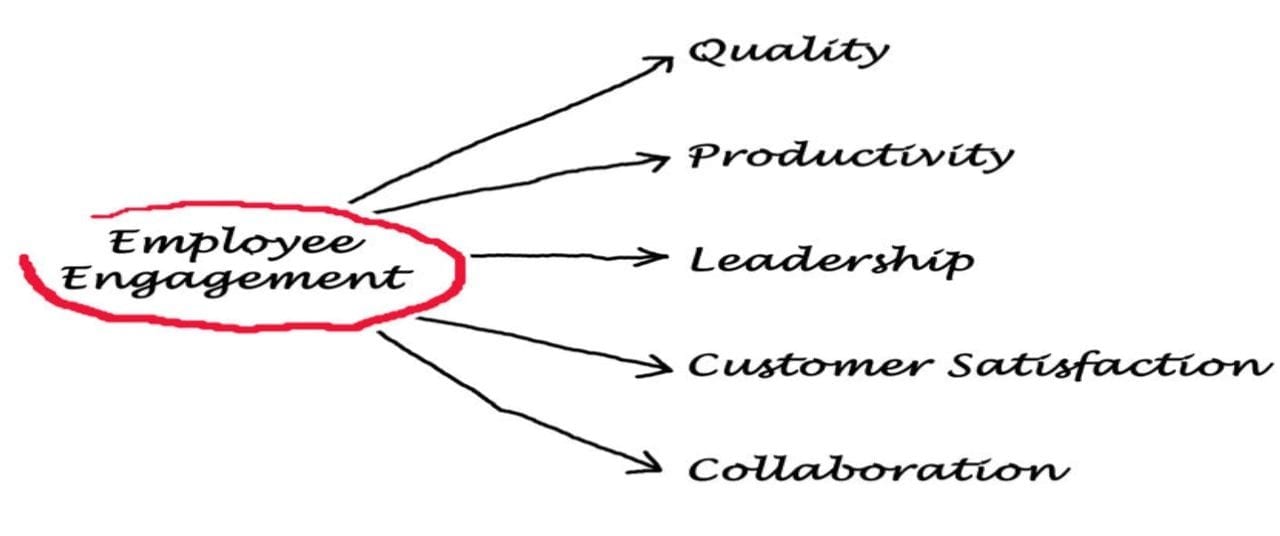Employee engagement is the hot word these days!
By Jacquelyn Kung
Employee engagement is the hot word these days. As someone mentioned on a call this morning, “it’s become a crowded room” of people talking about the need for employee engagement.
But what I haven’t seen is the answer to this question: what is the single biggest driver for employee engagement?
Yes, culture is an answer — but for me, it’s too vague and not actionable. Instead, I’ve read and interviewed experts in this field, and here is the SINGLE BIGGEST DRIVER — and the three things that you can do to grow it:
Trust
When there is a high level of trust between management and employees, employees feel like they can speak openly, trust each other, and try new things (even fail) without retribution. As work becomes something we look forward to, employee engagement grows. It just feels right, doesn’t it?
How do you increase TRUST — and therefore employee engagement?
- Credibility. This is the employee’s perceptions of management’s trustworthiness, competence, and integrity. It is the manager who communicates a vision and information in a two-way dialogue and sets clear goals that they hold both their team and themselves accountable to.
In senior living, credibility is built when supervisors thank employees for asking questions and for information. It’s when supervisors don’t just forward the email from corporate about the new falls prevention program but takes the time to translate what it means and why it matters for their maintenance department or dinner servers.
- Fairness. This is how employees perceive enforcement of company practices and policies and the justice that is done when they see or report something wrong.
In senior living, getting paid fairly for the work that is done and promoted based on contributions (versus being a family member or friend of the supervisor) goes a long way. This also means feeling and seeing managers include everyone on the team and not treating one type of person badly, be it differences in gender, race, age, or any other way.
- Respect. This is how your employee feels supported, collaborated, and cared for by their managers. It is the manager thinking well of an employee’s skills and professional worth and their individual efforts, even when mistakes are made.
In senior living, respect is shown when leaders authentically thank hidden staff members, like dishwashers, laundry room employees, and supply coordinators for their work. It’s when a supervisor acknowledges they made a mistake and that their employee was right.
What is missing? I can think of two big areas not in this post . . . what do you think?





